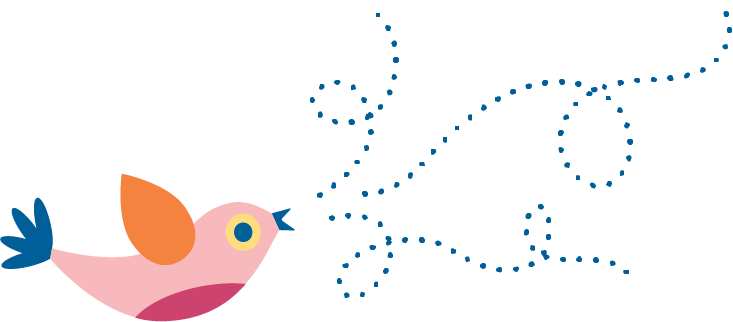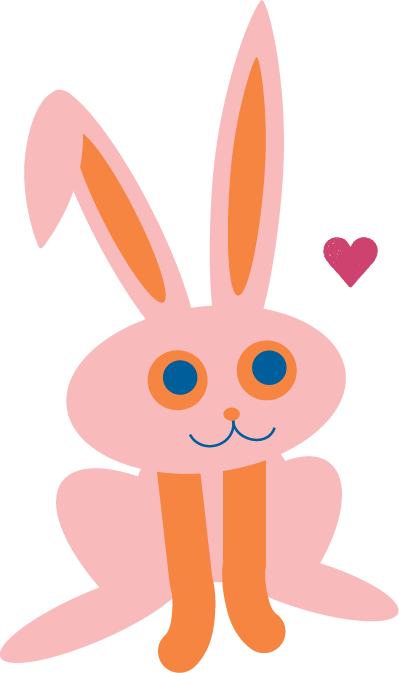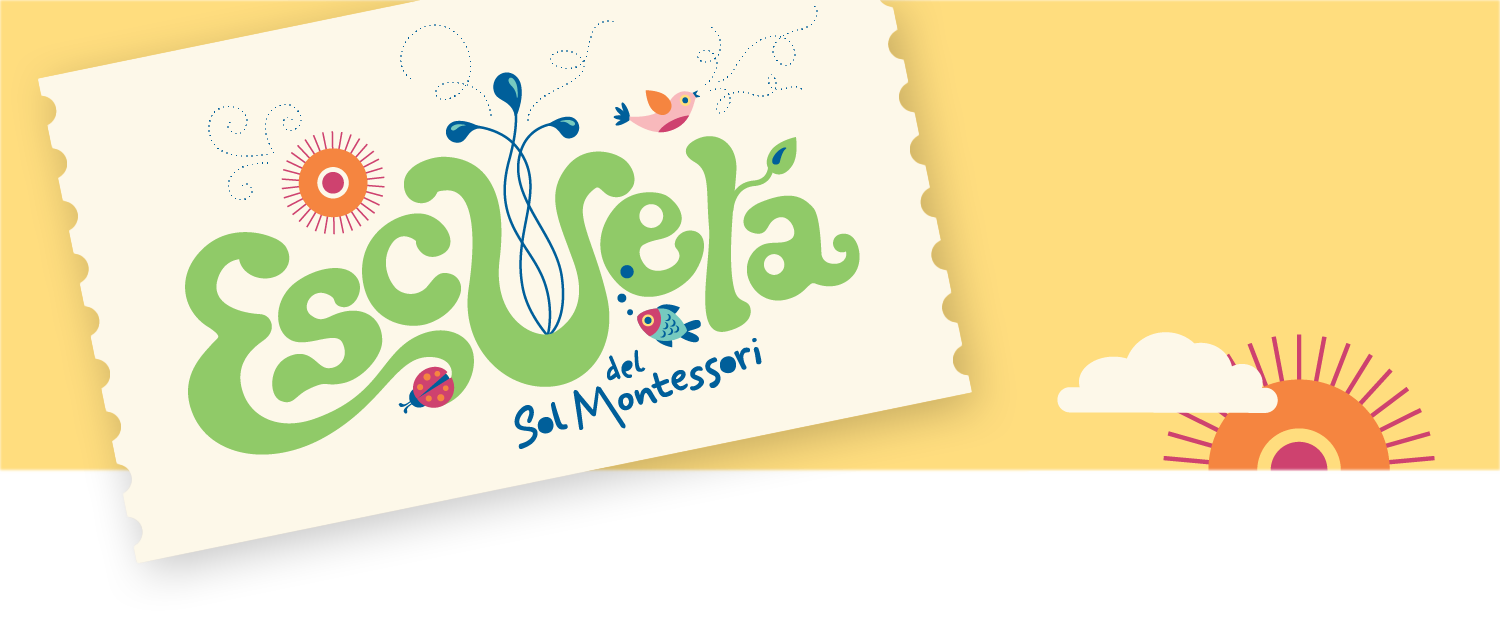
Educating tomorrow's leaders today.

Classrooms
Prepared Environment
The Prepared Montessori Learning Environment is essential to the quality implementation of Montessori Practice. As a thriving urban campus incorporating indoor and outdoor spaces, we have created beautiful, age-appropriate learning environments for every developmental stage served by our campus, from our youngest toddlers to adolescents.. Our learning environments are equipped to foster the full expression of human thriving, community, and connection at each level of development. Our Montessori classrooms have all the supplies needed for everyday learning and developing essential life skills. In these developmentally appropriate spaces, student learning is active, dynamic, and self-directed; students are guided by joy for learning and freedom of choice rather than dependence on the adult.Multi-age Classrooms
All of our Montessori learning environments incorporate mixed-age groups within a given developmental plane. Mixed-age groups foster a sense of community and provide students with the opportunity to learn from peer models and develop the skill and experience they need to become classroom leaders. Multi-age classrooms allow students to find a greater community of collaborators, and to consolidate knowledge. Staying in one learning environment for three years will enable students to build long-term, meaningful relationships with peers and Guides. Guides have the advantage of deep insight into each individual’s learning style and personality, allowing them to meet individual learning needs.Montessori Materials
Throughout her lifetime, Dr. Maria Montessori developed a wide range of didactic materials that concretely illustrate abstract concepts. Created as the result of countless hours of experimentation and scientific observation, in consultation with colleagues and educational experts. For over 100 years, they have stood the test of time.. At every age level, Montessori Materials allow children and adolescents to learn through their own exploration and imagination. They are designed to be self-correcting and to isolate individual skills, promoting independent learning.Individualized Education & Assessment
A strong component of Montessori education is the instructional ratio; most lessons are given individually or in small groups, with children gathered according to developmental skill and interest rather than by age or other arbitrary factors. This small group format allows Guides to individualize instruction and assess student knowledge in a detailed, ongoing manner. Guides at all levels follow a carefully graduated curriculum, allowing students to progress at their own pace. New concepts are introduced as students demonstrate understanding. Students continuously develop their skills and set new levels of challenge for themselves, inspired by key lessons and motivated by their natural love of learning. Students are empowered to self-correct, edit, and revise their work. Rather than assessing student knowledge through formal testing, guides make continuous observations of student progress by witnessing their independent work and engaging them in conversation. Students express knowledge through many modalities including oral presentations, written work, projects, games, and models.Prepared Environment
The Prepared Montessori Learning Environment is essential to the quality implementation of Montessori Practice. As a thriving urban campus incorporating indoor and outdoor spaces, we have created beautiful, age-appropriate learning environments for every developmental stage served by our campus, from our youngest toddlers to adolescents.. Our learning environments are equipped to foster the full expression of human thriving, community, and connection at each level of development. Our Montessori classrooms have all the supplies needed for everyday learning and developing essential life skills. In these developmentally appropriate spaces, student learning is active, dynamic, and self-directed; students are guided by joy for learning and freedom of choice rather than dependence on the adult.Multi-age Classrooms
All of our Montessori learning environments incorporate mixed-age groups within a given developmental plane. Mixed-age groups foster a sense of community and provide students with the opportunity to learn from peer models and develop the skill and experience they need to become classroom leaders. Multi-age classrooms allow students to find a greater community of collaborators, and to consolidate knowledge. Staying in one learning environment for three years will enable students to build long-term, meaningful relationships with peers and Guides. Guides have the advantage of deep insight into each individual’s learning style and personality, allowing them to meet individual learning needs.Montessori Materials
Throughout her lifetime, Dr. Maria Montessori developed a wide range of didactic materials that concretely illustrate abstract concepts. Created as the result of countless hours of experimentation and scientific observation, in consultation with colleagues and educational experts. For over 100 years, they have stood the test of time.. At every age level, Montessori Materials allow children and adolescents to learn through their own exploration and imagination. They are designed to be self-correcting and to isolate individual skills, promoting independent learning.Individualized Education & Assessment
A strong component of Montessori education is the instructional ratio; most lessons are given individually or in small groups, with children gathered according to developmental skill and interest rather than by age or other arbitrary factors. This small group format allows Guides to individualize instruction and assess student knowledge in a detailed, ongoing manner. Guides at all levels follow a carefully graduated curriculum, allowing students to progress at their own pace. New concepts are introduced as students demonstrate understanding. Students continuously develop their skills and set new levels of challenge for themselves, inspired by key lessons and motivated by their natural love of learning. Students are empowered to self-correct, edit, and revise their work. Rather than assessing student knowledge through formal testing, guides make continuous observations of student progress by witnessing their independent work and engaging them in conversation. Students express knowledge through many modalities including oral presentations, written work, projects, games, and models.Beyond the Classroom
Art
Montessori classrooms naturally promote creativity and self-expression. Early childhood students develop basic skills and explore various visual arts media in their classrooms. Elementary students visit the on-site Art Studio each week, exploring lessons that include drawing, painting, sculpture, collage, sewing, and more! Jr. High continues exploring creative expression through lessons in their Jr. High studio and partnering with local artists. Students participate in collaborative exhibitions with the Harwood Art Center twice a year, displaying their work alongside professional artists for the annual 12x12 and Encompass exhibitions. The student component of Encompass each year is an installation designed by Jr. High students. Students also regularly tour Harwood Galleries to learn more about local artists and to find inspiration.Music
Across all levels, students explore aspects of performance through music, theatre, dance, puppets, and more. Students at the Early Childhood level have a weekly lesson with the Music Studio Guide who visits and shares games, songs, and instruments. Elementary students attend weekly lessons in the Music Studio in the Harwood building and can sign up for Open Studio spots to work on projects or explore topics in more depth. Jr High students explore music and performance as part of their weekly schedule of self-expression, utilizing the Music Studio and deciding how to share their work with the larger community.Spanish
The goal of the Spanish language program at Escuela Del Sol is to inspire a love of languages, promote a cultural awareness of the Spanish speaking countries of the world, and honor the presence of the Spanish language in our local culture. Beginning in Early Childhood, students hear stories, sing songs, and work with Montessori language materials designed to build vocabulary.
Children in the elementary classrooms participate in weekly small group lessons teaching grammar, exploring art, and providing opportunities to read and write in Spanish according to their individual ability.
Garden and Outdoor Ed
Outdoor Education is a critical component of learning at Escuela. Our environments are designed to allow children daily interaction with nature, and Outdoor Education lessons are centered around reciprocity with the land, plants, and animals that share our space. Students learn to be stewards of nature and to build relationships with living things. While Early Childhood students explore nature in their daily environment and on walks around campus, Elementary and Jr. High students participate in weekly lessons that introduce gardening skills and provide hands-on experience with botany, zoology, and applied science. Students work in classroom garden beds, around campus, and on the Jr. High farm, participating in collaborative projects. Regular walks around the neighborhood and hikes in locations around town build skills that prepare students for Spring and Fall Treks, including overnight camping in the spring.Art
Montessori classrooms naturally promote creativity and self-expression. Early childhood students develop basic skills and explore various visual arts media in their classrooms. Elementary students visit the on-site Art Studio each week, exploring lessons that include drawing, painting, sculpture, collage, sewing, and more! Jr. High continues exploring creative expression through lessons in their Jr. High studio and partnering with local artists. Students participate in collaborative exhibitions with the Harwood Art Center twice a year, displaying their work alongside professional artists for the annual 12x12 and Encompass exhibitions. The student component of Encompass each year is an installation designed by Jr. High students. Students also regularly tour Harwood Galleries to learn more about local artists and to find inspiration.Music
Across all levels, students explore aspects of performance through music, theatre, dance, puppets, and more. Students at the Early Childhood level have a weekly lesson with the Music Studio Guide who visits and shares games, songs, and instruments. Elementary students attend weekly lessons in the Music Studio in the Harwood building and can sign up for Open Studio spots to work on projects or explore topics in more depth. Jr High students explore music and performance as part of their weekly schedule of self-expression, utilizing the Music Studio and deciding how to share their work with the larger community.Spanish
The goal of the Spanish language program at Escuela Del Sol is to inspire a love of languages, promote a cultural awareness of the Spanish speaking countries of the world, and honor the presence of the Spanish language in our local culture. Beginning in Early Childhood, students hear stories, sing songs, and work with Montessori language materials designed to build vocabulary.
Children in the elementary classrooms participate in weekly small group lessons teaching grammar, exploring art, and providing opportunities to read and write in Spanish according to their individual ability.
Garden and Outdoor Ed
Outdoor Education is a critical component of learning at Escuela. Our environments are designed to allow children daily interaction with nature, and Outdoor Education lessons are centered around reciprocity with the land, plants, and animals that share our space. Students learn to be stewards of nature and to build relationships with living things. While Early Childhood students explore nature in their daily environment and on walks around campus, Elementary and Jr. High students participate in weekly lessons that introduce gardening skills and provide hands-on experience with botany, zoology, and applied science. Students work in classroom garden beds, around campus, and on the Jr. High farm, participating in collaborative projects. Regular walks around the neighborhood and hikes in locations around town build skills that prepare students for Spring and Fall Treks, including overnight camping in the spring.“The Senior Elementary classroom at Escuela del Sol had everything that an elementary school classroom should have in it, and also what most of them lack... I loved the books most of all…when it was time to go to college and take the ACT, I got a perfect 36/36 score on the reading section. I credit the silent reading corner.”
— Sam Freed, Escuela Alumni


